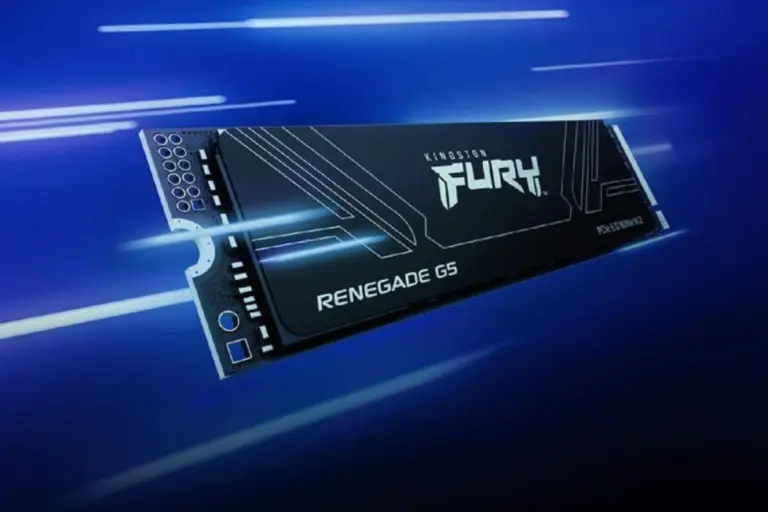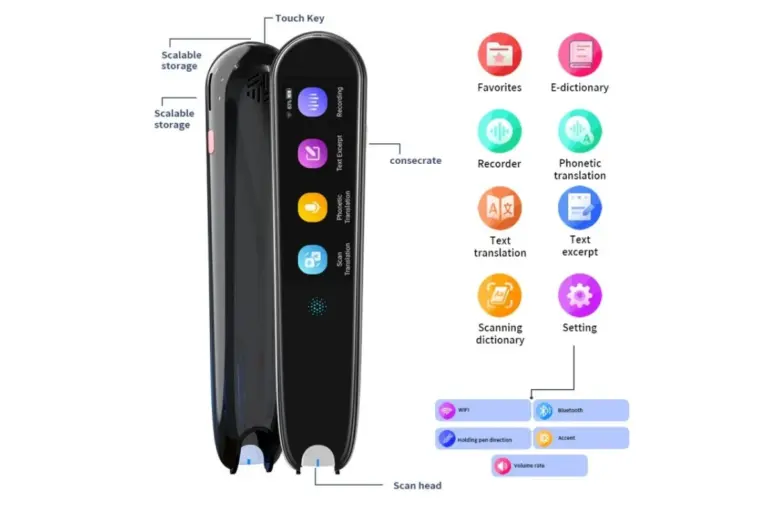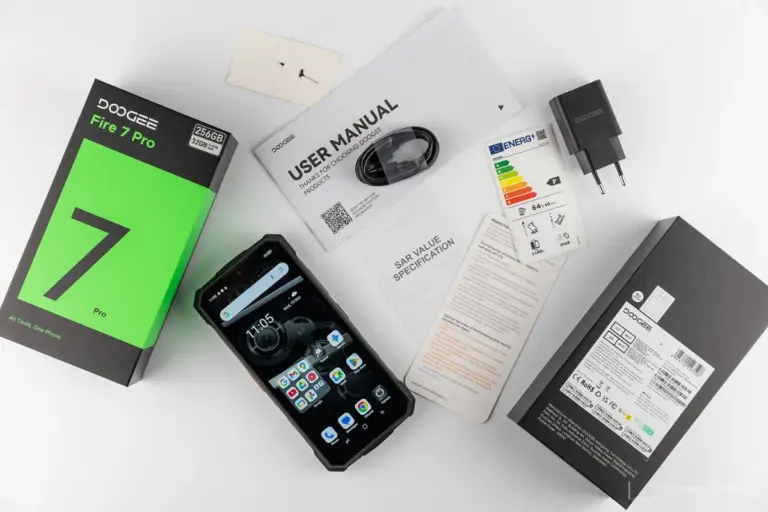Microsoft’s Xbox Handheld: First Step Toward a Windows Gaming OS
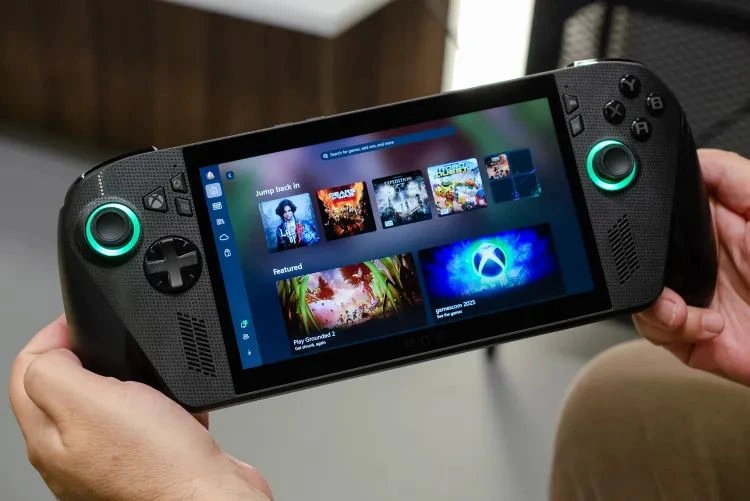
Microsoft’s partnership with ASUS on the ROG Xbox Ally and Xbox Ally X handhelds is about more than launching a new device; it’s the beginning of a bigger vision: building a cohesive gaming platform that brings together Windows and Xbox in a handheld form factor.
A Fresh Windows Gaming Experience
What makes these devices stand out is their clever software approach. Instead of loading the entire Windows 11 desktop by default, they boot directly into a customized full-screen Xbox interface. This interface, layered over Windows, hides the standard desktop, taskbar, and wallpaper. This streamlined mode looks cleaner and frees up around 2GB of RAM and cuts idle power usage by up to two-thirds.
In this mode, gamers get a familiar console-like experience: pressing the Xbox button brings up the Game Bar, and everything feels controlled and seamless, perfect for handheld gaming (The Verge).
Hardware That Holds Its Own
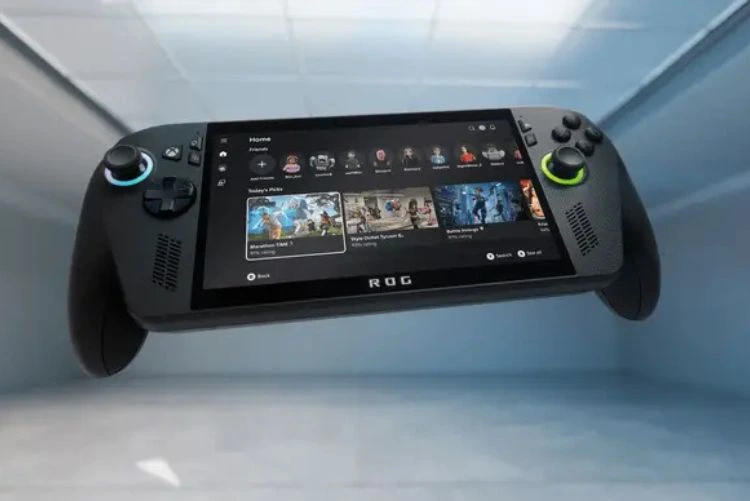
The Xbox Ally comes in two versions:
-
Xbox Ally (white): Equipped with an AMD Ryzen Z2 A chip, 16 GB LPDDR5X RAM, and 512 GB SSD.
-
Xbox Ally X (black): Featuring AMD’s Ryzen AI Z2 Extreme, a six-core chip with a neural processing unit, along with 24 GB RAM and 1 TB SSD.
Both models sport a 7-inch, 1080p, 120 Hz IPS display with a variable refresh rate. Although OLED was considered, it was ultimately dropped to preserve battery life with VRR. The devices weigh around 670 g (Ally) to 715 g (Ally X) and include decent battery packs: 60 Wh in the Ally and 80 Wh in the Ally X.
Performance-wise, reviews of the Ally X show impressive results: games like Doom: The Dark Ages ran at 83 FPS at 1080p, while Gears of War: Reloaded hovered around 60 FPS on high settings thanks in part to Windows efficiency improvements.
Seamless Game Experience Across Platforms
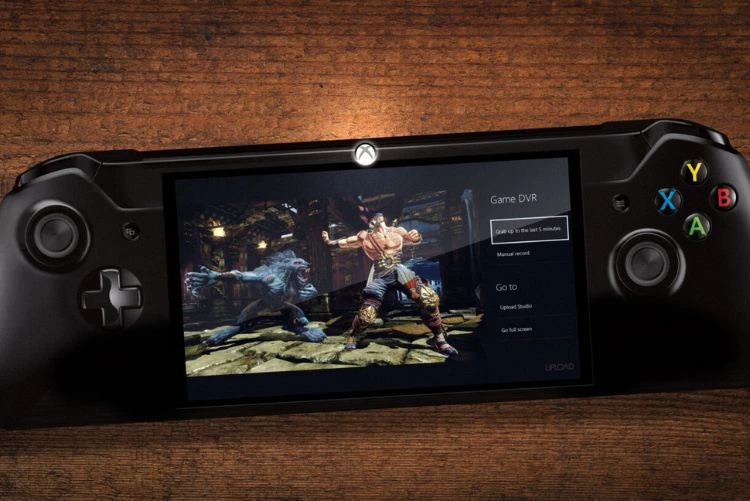
Microsoft’s vision goes beyond hardware. They’ve integrated a Handheld Compatibility Program, giving titles two badges, “Handheld Optimized” and “Mostly Compatible,” alongside Windows Performance Fit indicators. These help users understand whether a game is both optimized for handhelds and expected to perform well.
One standout feature is the “My apps” tab in the Xbox app on Windows 11. It allows easy access to third-party apps like Steam, browsers, and game launchers directly from within the Xbox UI—reducing reliance on the standard desktop.
Full Windows Flexibility
Despite the Xbox branding, the Ally devices are full Windows 11 PCs. Users can install any software—Steam, Battle.net, Discord, Office, you name it. You’re never locked into the Xbox ecosystem.
That flexibility means the device can be as much a productivity tool as a gaming handheld. Plug into docks, use external peripherals, browse the web, and edit documents, it’s all possible.
Launch Date & Market Reach
The global launch for both handhelds is set for October 16, 2025. Leaks suggest U.S. pricing around $549.99 for the base Ally and $899.99 for the Ally X. Initially available in key markets, Microsoft also plans to expand into regions like India and Southeast Asia.
What This Means for Windows Gaming’s Future
The Xbox Ally lineup reflects a broader shift in Xbox’s strategy:
-
Microsoft CEO Satya Nadella and Xbox president Sarah Bond describe this as part of transforming Xbox from a single-console identity into a cross-device gaming ecosystem that includes handhelds, PCs, and the cloud.
-
The partnership with AMD is central. Their co-engineered chips, like the Ryzen AI Z2 Extreme, bring AI acceleration and efficient performance across devices. This hints at a unified hardware platform that could extend into future consoles and AI-powered functionality.
Features like advanced shader preloading, Automatic Super Resolution (with AI upscaling on the Ally X slated for early 2026), and improved docking experiences point to Microsoft building a next-gen gaming OS that is seamless, scalable, and optimized for gaming on all fronts.
Final Thoughts
Microsoft’s Xbox handhelds are more than just devices; they’re tangible proof of a bigger vision. By blending Windows’ versatility with Xbox’s interface, optimizing performance, offering compatibility tools, and creating future-ready AI-enhanced hardware, they’re laying the groundwork for a gaming-optimized Windows OS.
It’s a cautious yet exciting first step toward making Windows a truly unified gaming platform that spans handhelds, consoles, PCs, and beyond.

